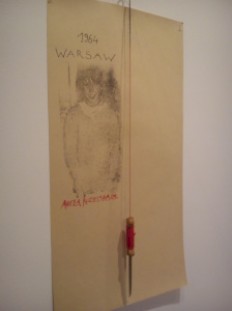|
16.V.2014
28.IX.2014 |
Crime in Art
Zbrodnia w sztuce curated by Delfina Jałowik, Monika Kozioł, Maria Anna Potocka | |
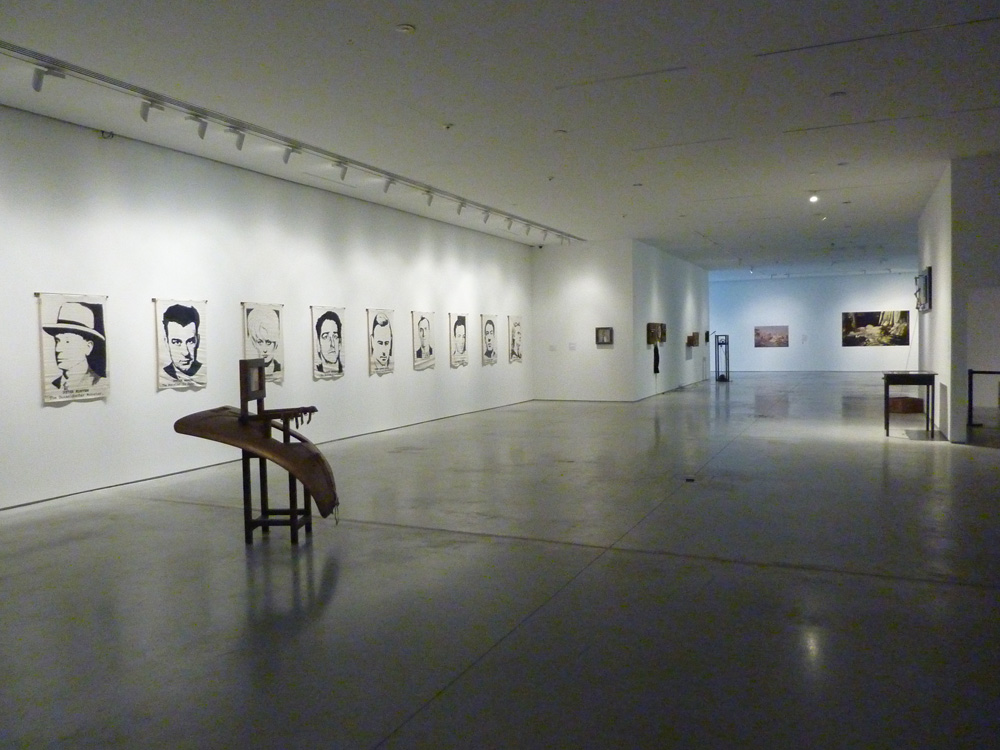

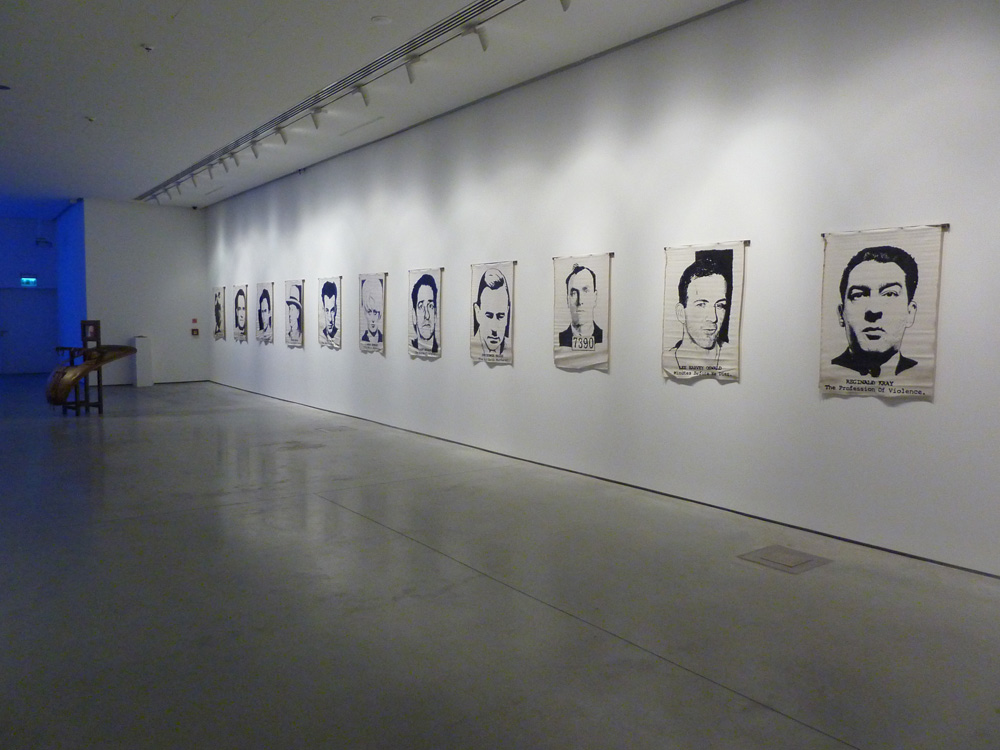
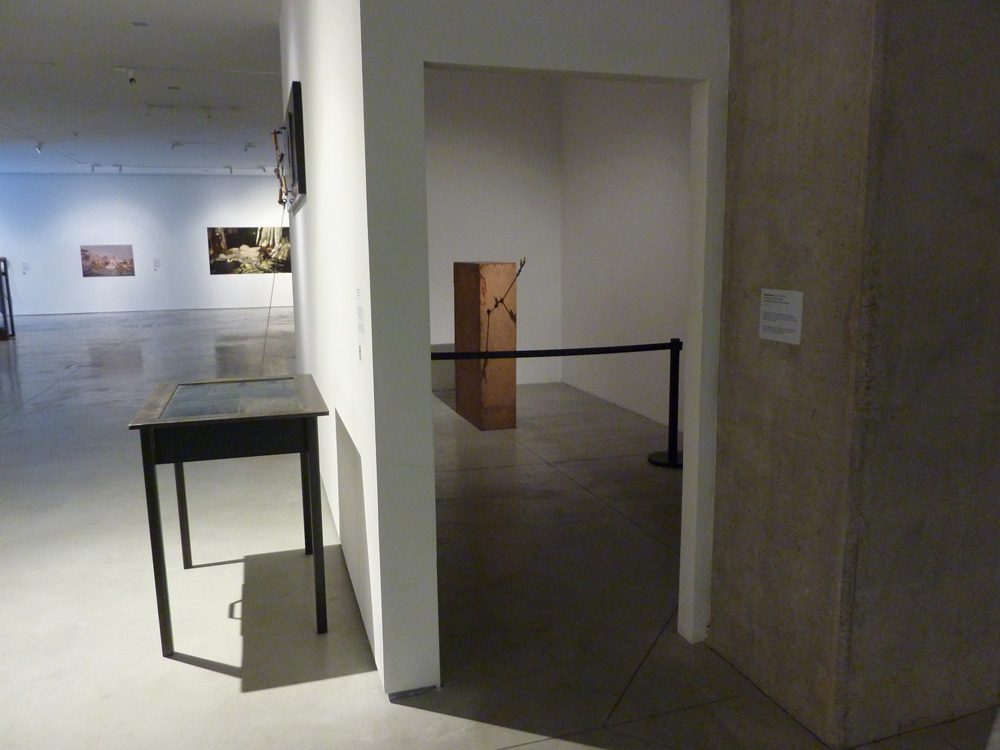
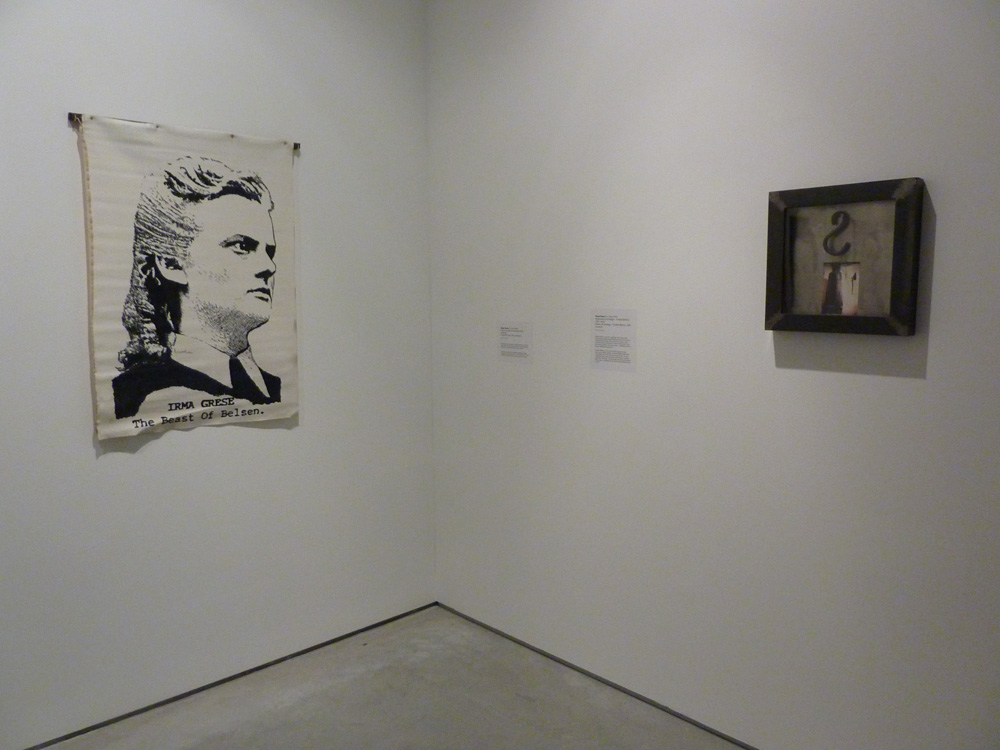
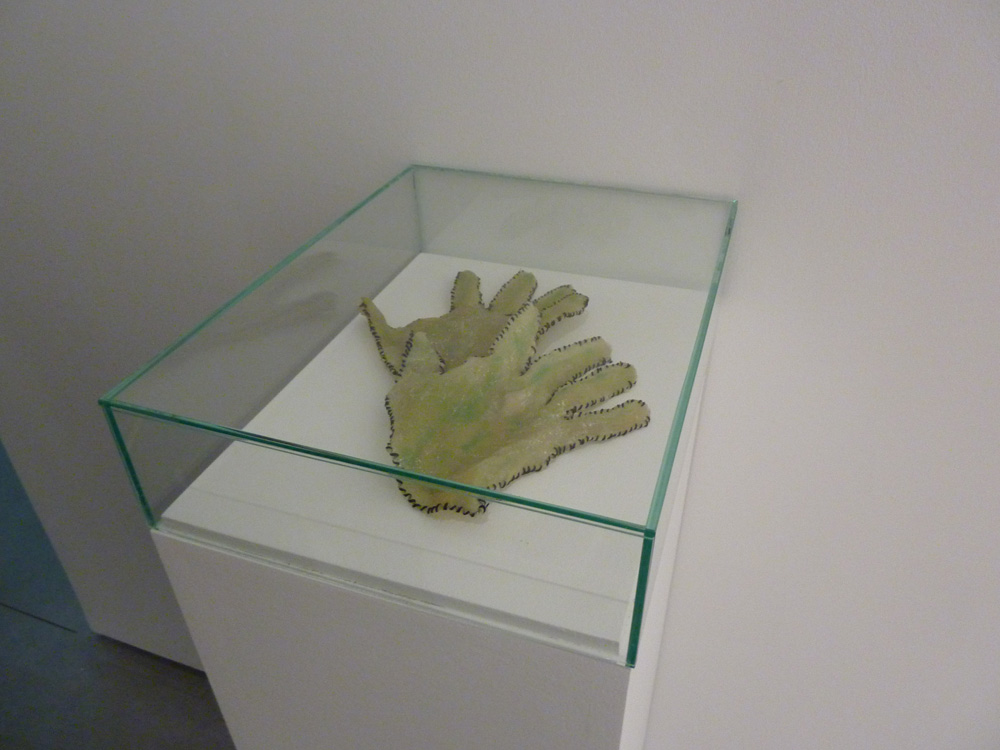
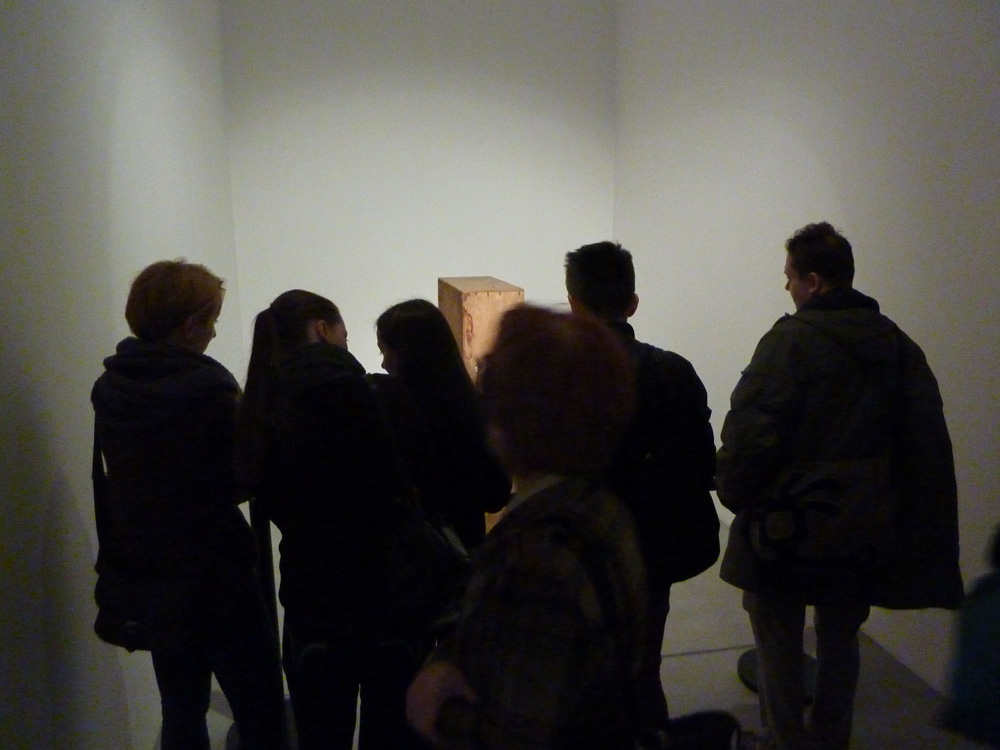
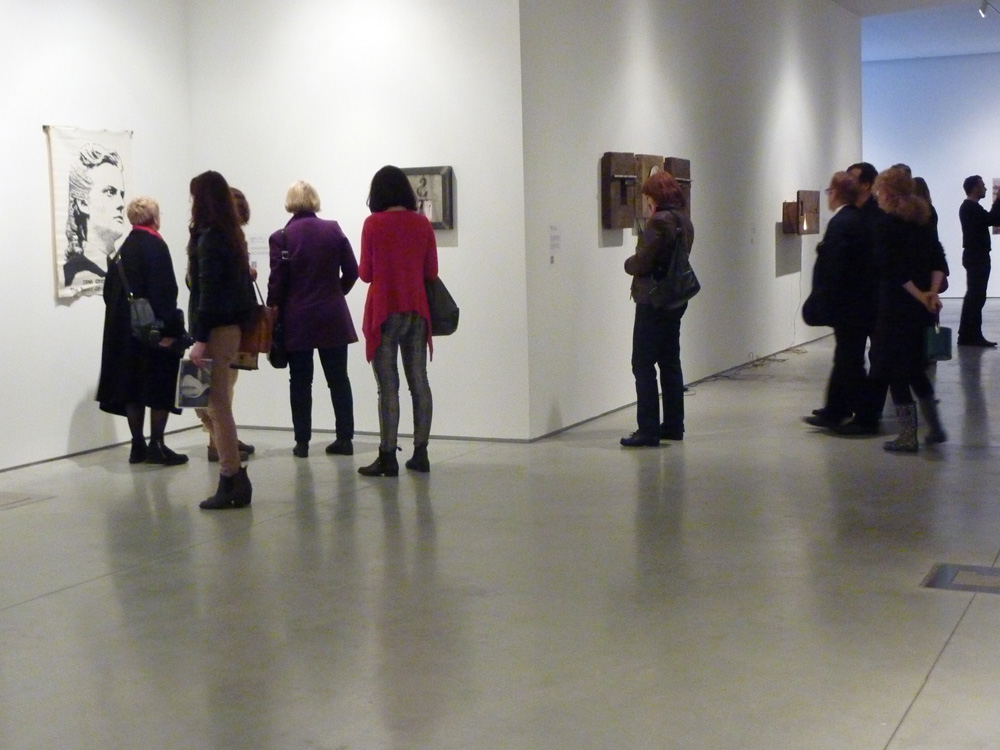
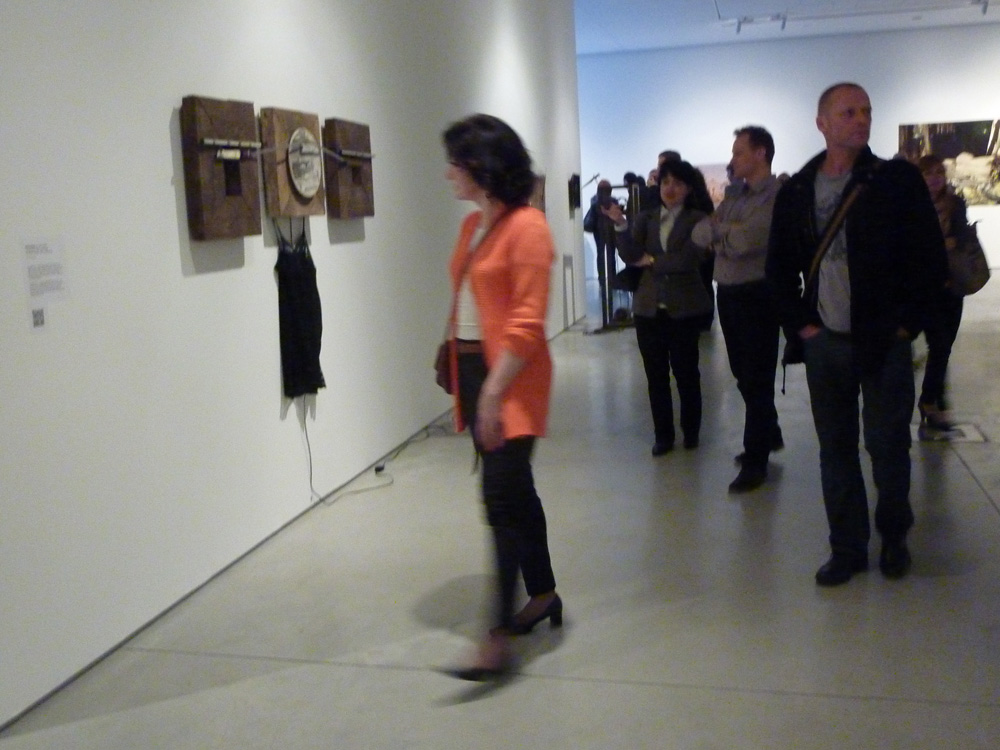
| ||
|
Crime in Art is the 4th exhibition to date in MOCAK’s series which combines art with the most significant civilisational themes such as history, sport, science and religion. To date, three exhibitions have taken place: History in Art, Sport in Art and Economics in Art. The series aims to present these – seemingly non-equivocal – concepts and demonstrate how many creative inspirations and how much symbolic potential there lurks in the everyday reality. Crime reveals all the inner fanatical turmoil, bleak helplessness and wrong without atonement. Crime has two sources. It stems either from ‘lesser’ crimes that often go unpunished, because they have been committed in the privacy of the home on the weak and defenceless, who go on to seek revenge on society at large. Or else, crime is instigated by politics and religion. Crime reveals the abundance of evil inside us. It is the ultimate lesson in human vulnerability and cultural turmoil. At the exhibition you will see such works as Debora Hirsch’s The Last Supper, in which the Brazilian artist shows portraits of common criminals, in the form of colourful geometric compositions, blurring their facial features. Hirsch calls the criminals depicted ‘apostles’ and makes a direct reference to religion in the title of the work. For the apostles, the Last Supper was a solemn act, for a criminal it is the last meal before the execution. Amongst the works presented, there will also be the drawing by Zbigniew Libera A Criminal’s Tomb, which refers to two serial killers who were hanged: Stanisław Modzelewski and Zdzisław Marchwicki. In designing his monumental tombstones, the artist postulates a striking solution: instead of trying to pass over the presence of murderers in our cemeteries, we should make it more prominent. One such distinguishing mark (and a warning?) is a realistic, or even hyper-realistic, sculpture of a hanged man. In turn, Lars Laumann’s film Shut up, Child, This Ain’t Bingo tells the story of a young Norwegian girl in love with Carlton Turner, a convict on Death Row. His crime is not referred to – the man is more important than his deeds. For the protagonists, Carlton is ‘innocent’ and no-one doubts his worth as a human being. Such an approach invests their lives with lightness and joy. The atmosphere of the film is saturated with great confidence in the goodness and beauty of people. The exhibition will be accompanied by a comprehensive publication both in Polish and in English that will develop the themes of the presented works and analyse the significant issues that transpire from the relationship between crime and art. As well as the theoretical texts by Noël Carroll, Brunon Hołyst, Bogusław Habrat, Colin Wilson and Maria Anna Potocka, the catalogue will also have a richly illustrated part devoted to the artists and the works presented in the exhibition. | ||
|
Friday 16th of May 2014 -> Sunday 28th of September 2014 in Museum of Contemporary Art in Krakow, ul. Lipowa 4, Kraków, Poland. weblink | ||
|
Included works: Burn Bundy Burn, The Candyman, Jürgen Bartsch aka Ich Kenne Kein Weinachten, Modern Archaeology - Erzsébet Báthory, The Black Dahlia, The Beast of Jersey, Peter Kurten 2, Norman Bates Loves the Arts, Ed Gein Gloves, Serial Killer Flags, Related bibliography: | ||
